from Philly Metro Area WSA
By Rebecca Croog, An interview series with Sachio Ko-yin.
“In order to have a society where workers manage themselves collectively, we need all of our best group process skills. To have a culture that values all voices and all people equally in decision-making, we need to practice ways of working together that don’t reproduce oppression. Deliberation takes practice!” Clairssa Rogers
On March 13th, 2024, our dear comrade Clarissa Rogers, longtime anarchist organizer and theorist, made her transition after a hard-fought battle with Long COVID. To honor her and as a service to the anarchist movement, we are sharing a series of interviews we did together about Clarissa’s anarchist theorizing and research. Our hope, as was Clarissa’s, is that her ideas and her overall journey as a working class theorist will inspire and galvanize other working class people to seize intellectual power and pursue collective education as part of liberation struggle.
The question of “who is the working class?” heavily motivated Clarissa’s theory work. As an anarcha-syndicalist, Clarissa brought an intersectional lens to this inquiry, meaning that she was committed to hearing and theorizing with the vast number of women, queer people, Black folks, and other non-white workers that make up the working class–groups that traditional anarcho-syndicalism largely ignored, to the great detriment of the movement itself. With this framework always at the fore, Clarissa developed a number of specific concepts, which we explore in detail throughout these interviews. These include: the philosophical implications of anarchist decisionmaking tactics, small group sociology of anarchist communities, anarchist pedagogy and worker self education, working class intellectualism, critical theory of anarchist group processes, and many more.
In Part One of this series, we set the scene, through a discussion of Clarissa’s arrival to Philadelphia in the early 2000s, a golden era of West Philly Anarchism.
We want to offer a disclaimer about the imperfection of memory as it relates to this project. Many of the experiences and conversations that Sachio recounts in these interviews happened decades ago, and these first interviews were conducitd while Sachio was arranging for Clarissa’s memorial and literary estate. We are well aware that many other comrades had the honor of participating in Clarissa’s intellectual journey. We invite plenty of space for corrections, additions, and clarifications. This is a first draft, a living project, as Clarissa herself remains a living memory to us all.
Part One: Setting the Scene – Clarissa in Anarchist West Philly
Rebecca: I thought it could be good to start very broadly, by asking you to tell me the story of how you and Clarissa first met. I know it was in 2003 in West Philly. Where exactly were you and what do you remember about that initial interaction?
Sachio: Alright so to provide some context, I’d come to Philly right as the anti-war movement was ramping up. I remember that there was a meeting of this nice United Nations group, Earth Charter Citizens. And they had on their agenda to talk about the possibility of building a coalition for the anti-war movement in Philly. So I don’t know if they really intended for that meeting to be a coalition meeting, but I jumped on the opportunity. I was new to the city, but I called up all of the Philly organizers I had met so far, and everyone who knew anyone who was doing anti-war work. I wanted to find anyone who might be interested, and to try to get as many groups as possible into that Earth Charter Citizens Group meeting. So we ended up with this giant–these poor Earth Charter Citizens–this giant room full of the Philadelphia left, pacifists, anarchists, Stalinists, free market republicans, and assorted quirky people. So that started the ball rolling of me doing facilitation in Philly. For about two or three meetings, I was trying to facilitate discussion about how the organizers were going to build a coalition.
So it was after one of those meetings that I was on the 36 trolley, the one that goes into West Philly, riding right along Baltimore Ave, and along that route, someone came up, and it was Clarissa Rogers! I’d never met her before and she came right up to me and said, “you were at the meeting last night. YOU are a good facilitator!” And I said, “thank you so much!.” She told me that facilitation was her main thing, and said, “you probably know my friend Daniel Hunter” and I said “oh yes Daniel Hunter!” so we ended up making a connection.
Rebecca: Wow, so if facilitation was Clarissa’s main thing and you were newer to it, her compliment must have felt like a high honor! What happened next?
Sachio: Yes, exactly! So what happened next is that Clarissa invited me over to her place to discuss a bunch of projects that were coming out of that coalition. The Coalition, by the way, came to be known as PRAWN (Philadelphia Regional Anti-War Network), a very funny acronym, but that’s what we were–we were PRAWN. And so that work, that was my first experience of radical West Philly! And there were so many things happening at once at the time, so much excitement. So, I of course took Clarissa up on her offer, and went right over to her place, and it turned out to be one of this group of anarchist houses that existed at the time.
Rebecca: Ooh cool! As you know, I am so eager to talk about the geographies of West Philadelphia and anarchism as part of this interview, especially because you, me, and Clarissa all share a love of critical geography. Take me into that world!
Sachio: So Clarissa was living in one of these anarchist houses, and hers was called “the Cindergarden.” The name was like, ya know if you take cinder blocks and turn them into a garden you have Cindergarden… Cindergarden was right down the street from another anarchist house called “Not Squat.” It was called that because squats don’t have permission to exist, but all of these houses were actually part of the Land Trust that was left over from the Movement for a New Society. So it was “Not Squat” like “THIS IS NOT A SQUAT,” but it was like a squat, it was like a squat where they had permission. So right there was Cindergarden, there was Clarissa, and there was a whole giant community of these punk anti-globalization activists running all over the place working on projects, living in community, having all sorts of personal drama, and sitting around strumming the guitar late at night. These were my first impressions… the walls were crumbling down and when you took a step on the floor, I remember, you may just have to be careful that you don’t fall through the floor. That was my recollection.
So Clarissa meets with me there, she introduces me to a bunch of people, and we’re sitting down and we’re working on something related to peacekeeping. More specifically, what we were working on was helping out the peace keeping trainer Dion Loreman. For some context, Dion Loreman was a member of the Movement for a New Society back in the 80s, which was this giant nonviolent anarchist organization in Philly that prefigured a lot of anarchist history that came later after that–I mean obviously anarchism in Philly goes all the way back to the 19th century…
Rebecca: How did the rest of the West Philly anarchists feel about the peacekeeping trainings?
Sachio: Yes, this whole idea of ‘peacekeeping’ seemed controversial in the West Philly scene. Clarissa was helping me navigate some of this controversy, because she felt that when you have a giant demonstration, the more we can be coordinated and in communication with each other, and deal with conflict on our own, the more we can keep the police from having an excuse to jump in and try to mediate our conflicts for us. So, some folks in the West Philly movement were very skeptical about this, they called us the “self appointed peacekeepers.” Clarissa was so crucial at that time in really helping me understand the local culture and helping me reach out to the West Philly activists.
And of course I had tons of history questions, about how this whole anti-authoritarian community in West Philly had come into existence. I had just come from Central Pennsylvania, where I did two and a half years for an antinuclear weapons protest. And when I was there, there was this guy named Eric from Williamsport, a fellow anarchist, who was moving to Philly at the time, and said something like “Sachi, you gotta come to Philly. All the anarchists are moving to Philly, from all over the place, it’s really happening!” So I had already gotten some idea that there was a really big burgeoning new infrastructure of a very DIY antiglobalization movement.
Rebecca: This is SO you and Clarissa, to be diving right into all of these questions about the culture and structure of an activist community you were a part of, figuring out how to build coalitions and accomplish goals amidst various internal conflicts and tensions.
Sachio: Right, exactly! So in my first conversations with Clarissa about Cindergarden, I had so many questions about … what is going on here? What does anarchism mean here? How do you guys make decisions? And Rebecca, you and I of course have had so many conversations about infrastructure anywhere we go, infrastructure in a region, of course, because we are critical geography partners… well oh boy I had questions about infrastructure in this very specific anarchist West Philly area! So those questions took up much of our conversation, and Clarissa was very happy to map it all out for me, she was very excited to talk about it. So that was my first experience with Clarissa, and it was immediately clear to me that Clarissa and I would become comrades in anarchist organizing, but also someone I could do anarchist theorizing with, and later, social science with. And as you point out, this initial conversation fits right in with everything that was to come.
Stay tuned for our next piece in this series, which begins with a discussion of Clarissa’s quirky coinage of “planarchy” and how it relates to her thinking around social anarchism, anarcha-syndicalism, and anarchist tactics.
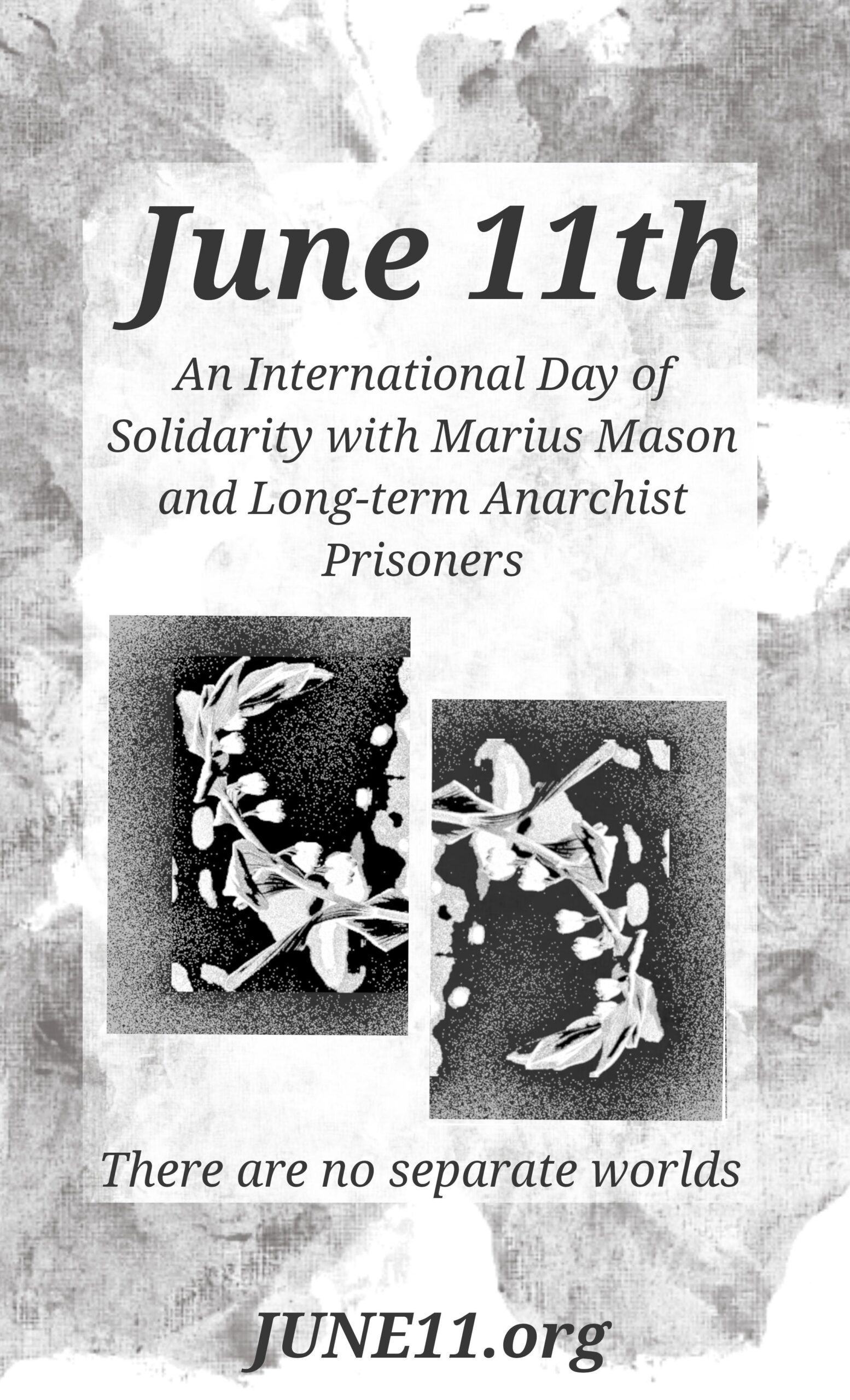
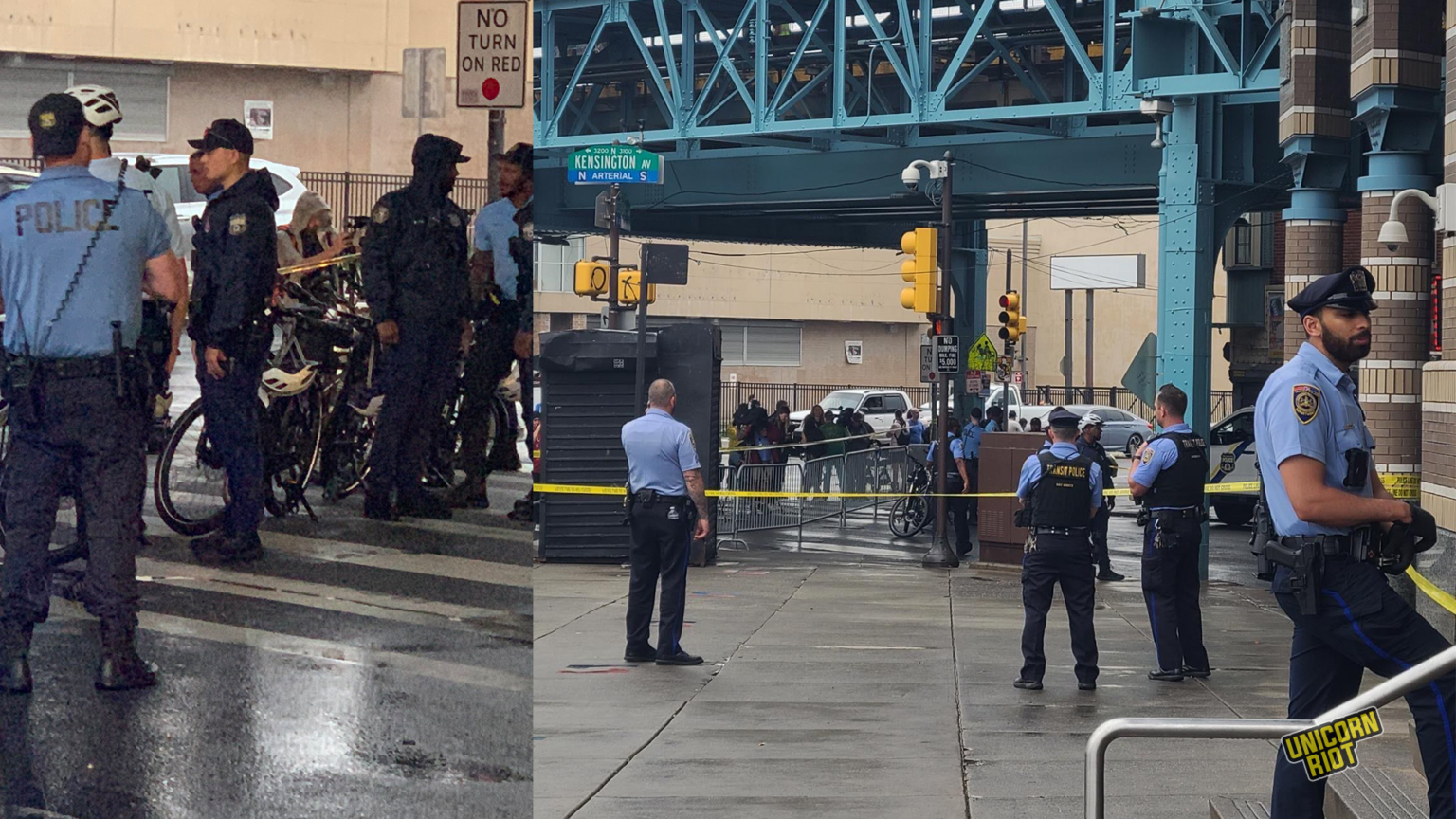


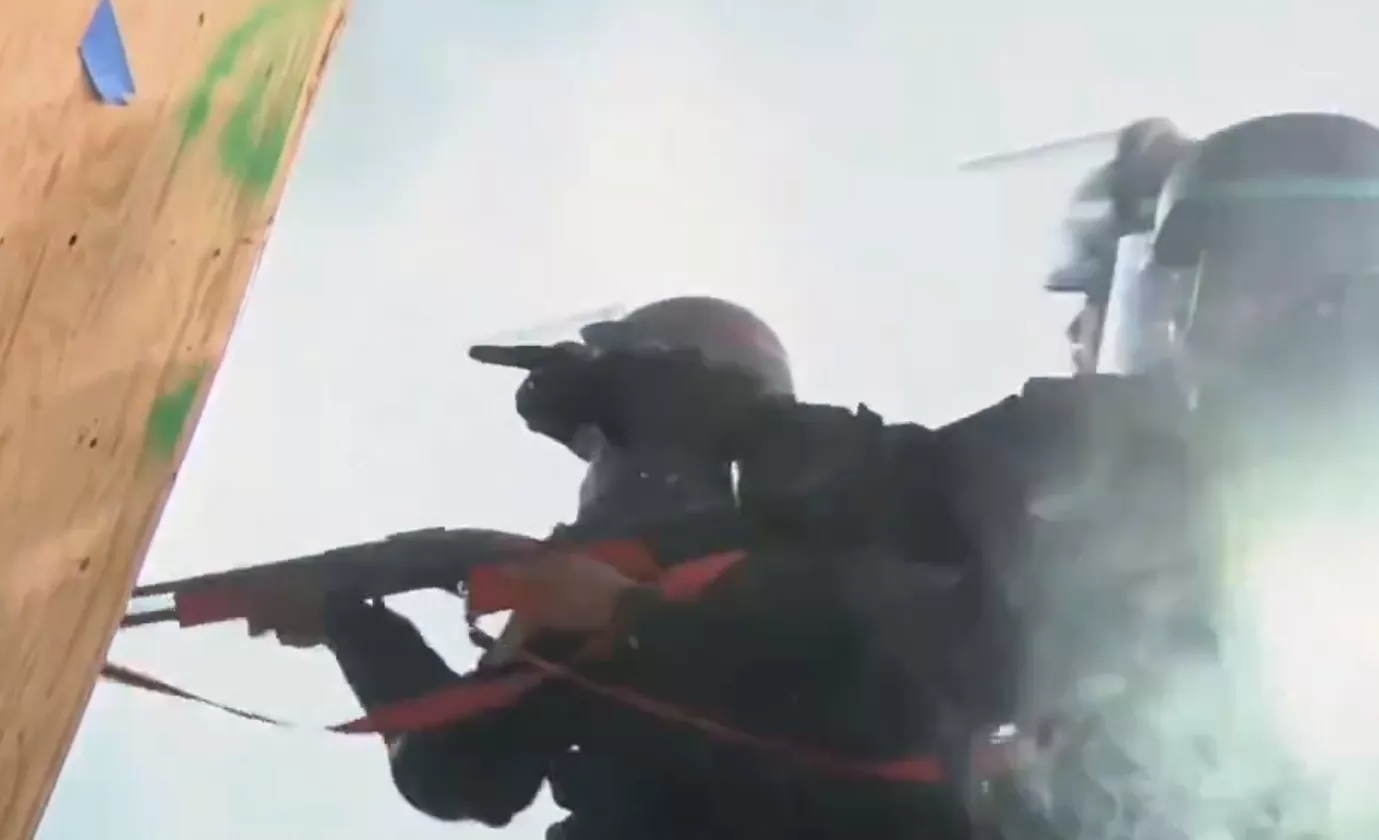
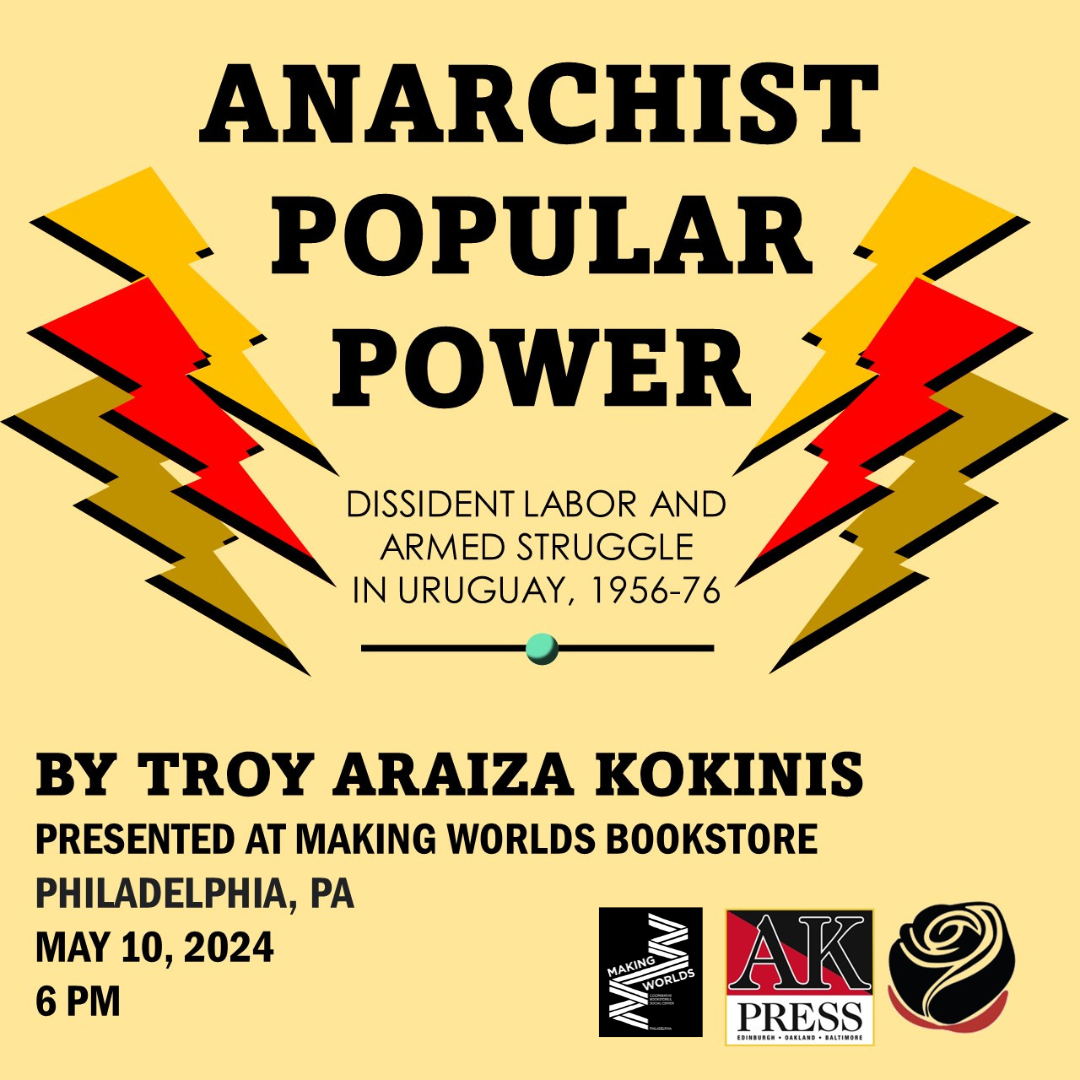

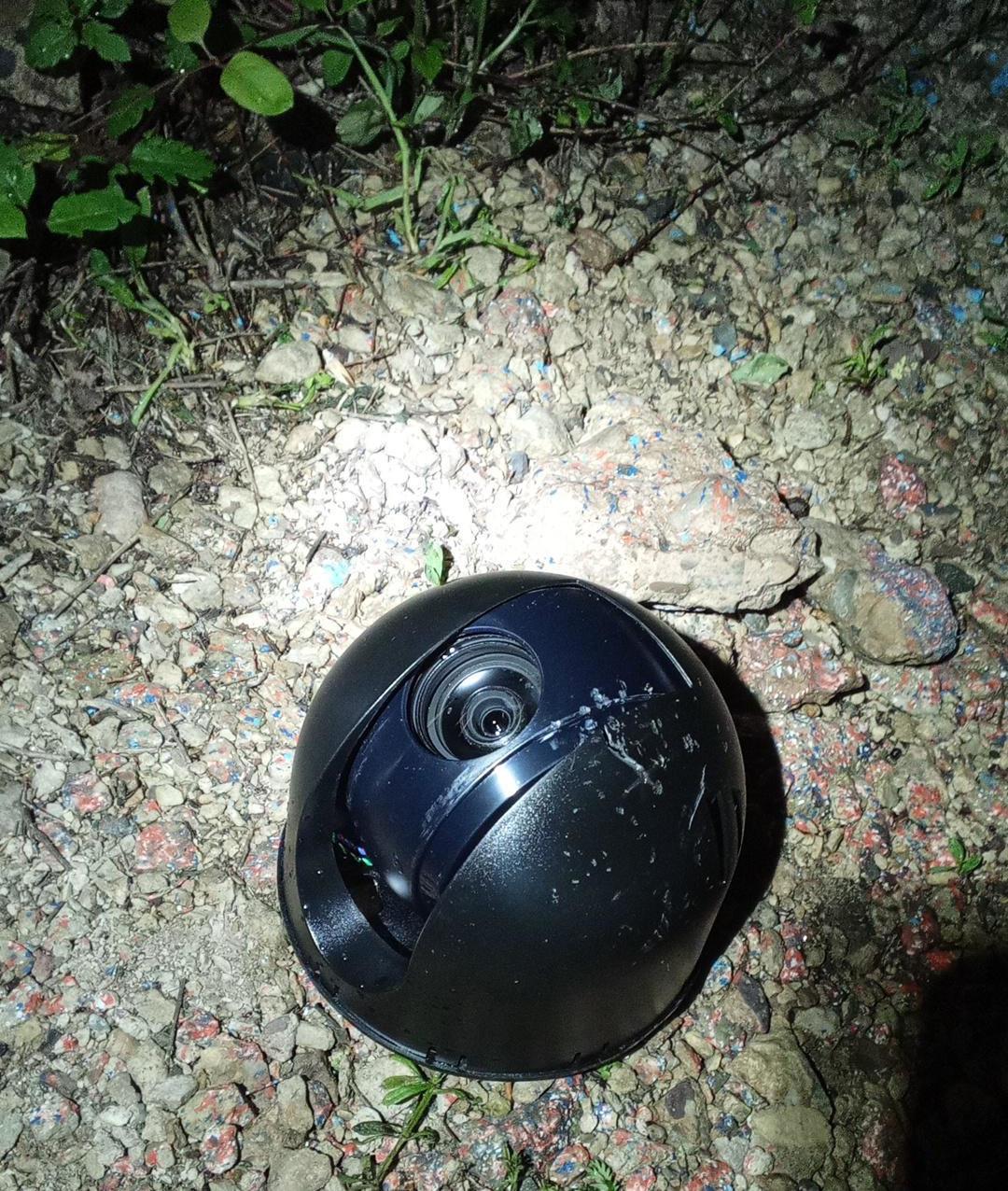 Dear philly faggots,
Dear philly faggots,